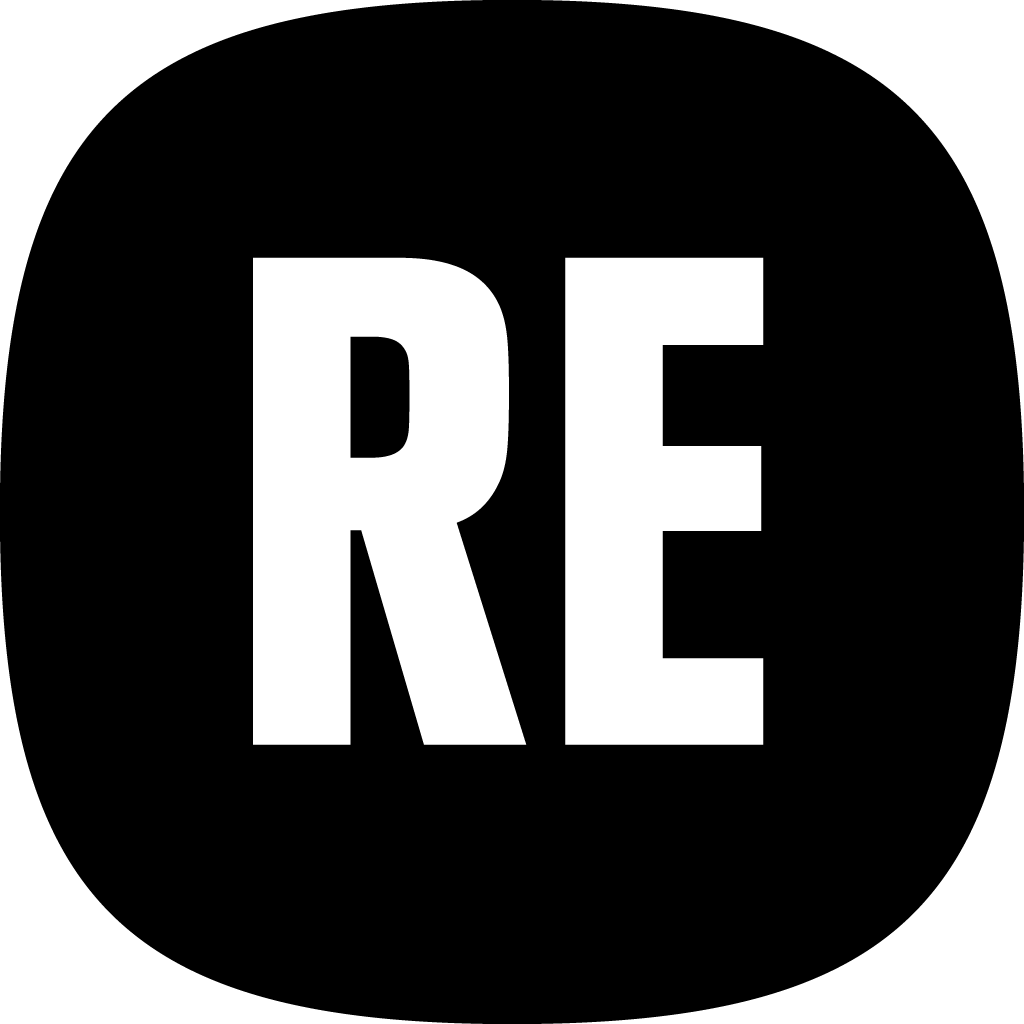Museum of Architecture and Design
WHO
MAO is Slovenia’s national museum for architecture and design, situated in Fužine Castle on the outskirts of Ljubljana. Founded in 1972, MAO is one of Europe’s oldest institutions dedicated to architecture and design. Its mission is to preserve, promote, and reimagine architectural and design heritage while fostering contemporary discourse and community co-creation. MAO positions itself as a knowledge hub and meeting space for professionals, students, and citizens—blending preservation with participatory innovation.
The museum staff is supported by volunteers and external collaborators, and it plays an active role in testing new formats of engagement, particularly in making architecture and public space relevant to local communities. Prior to joining RECHARGE as a Living LAb, MAO had already launched its participatory initiative Museum in the Community, which laid the groundwork for its future Living Lab engagement.
WHAT
Museum in the Community: Transforming Public Space Through Participation
MAO’s Museum in the Community initiative reimagines the museum’s adjacent park (MAO Park) as a vibrant, co-created public space. The project addresses the disconnect between the museum and its local community, aiming to foster a sense of ownership, participation, and sustainability.
The initiative emerged from a simple question: Why is the park underused? Through community dialogues, clean-ups, co-design workshops, and collaborative interventions, the project has evolved into a long-term programme rooted in co-creation and local knowledge. It aims to overcome social fragmentation, encourage environmental stewardship, and increase the museum’s relevance within its neighbourhood.
HOW
Participatory Co-Design, Long-Term Relationships, and Living Lab Experimentation
MAO activated its Living Lab through a series of hands-on, participatory interventions and events across 2023–2025. These included:
Co-ideation and co-creation workshops with youth centres, retired citizens, students, and architects to transform park elements (e.g. converting fallen trees into playgrounds, creating movable tables with board games).
Collaborations with birdwatchers and students to explore the ecological role of public spaces and non-human park users, leading to educational trails and interactive learning tools.
Inclusive tactile workshops (using wax and wool) with local elderly and general public to spark intergenerational dialogue and artistic expression.
Sustainability-driven events on climate change, community gardening, and clothing exchange.
The participatory methodology helped develop three new educational programmes, nurtured cross-sectoral collaborations, and strengthened community identity and ownership over shared spaces. Challenges included navigating the limits of numeric evaluation in deeply human-centred projects and balancing diverse expectations, but these were overcome through transparent communication and flexibility.
PROBLEMS SOLVED
Overcame barriers to museum accessibility by engaging people outside the museum walls.
Activated underused public space through inclusive, bottom-up design.
Built trust and long-term engagement between the museum and local stakeholders.
Fostered environmental awareness and resilience through creative reuse and community gardening.
Reduced vandalism by cultivating collective responsibility for shared spaces.

Share